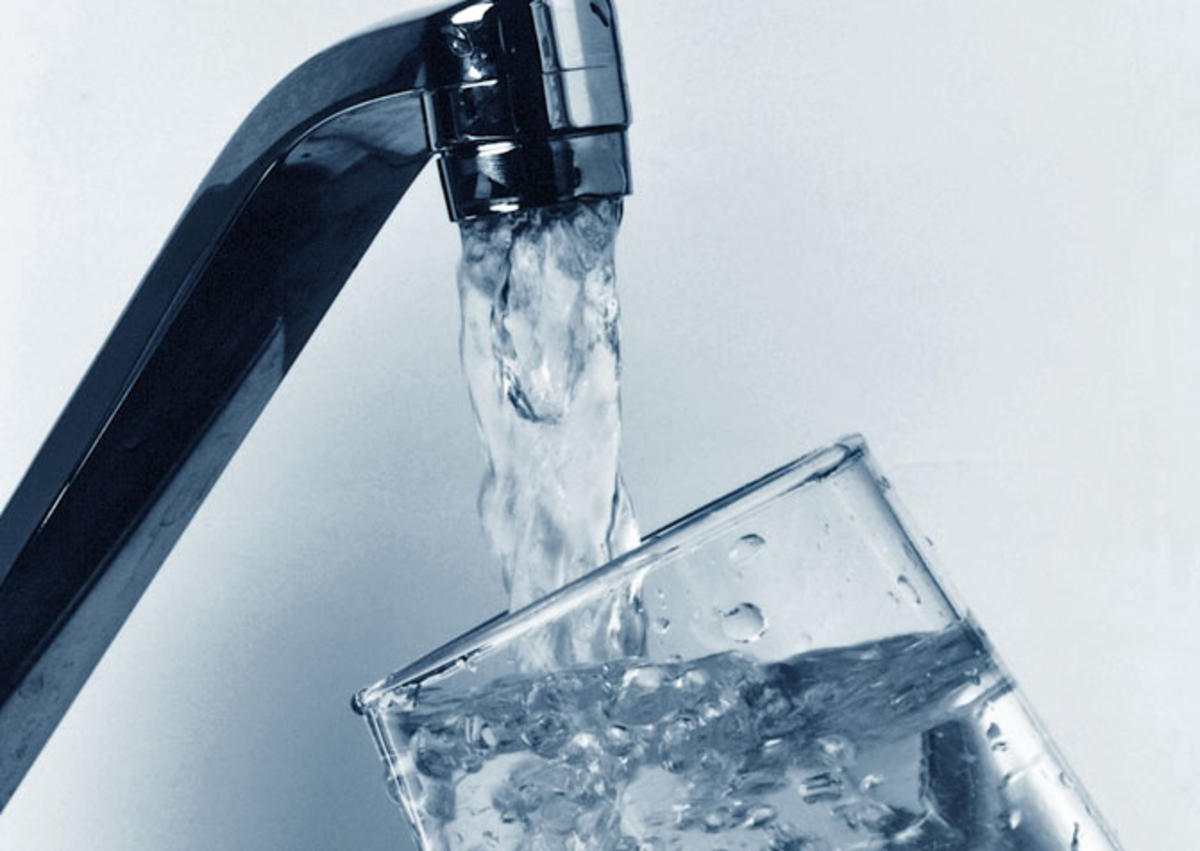Regulated and Unregulated Water Samples are taken at variable intervals to measure constituent levels throughout the water distribution system. The Idaho Department of Environmental Quality, under the direction of the Environment Protection Agency, is responsible for setting sample frequencies and determining and enforcing maximum contaminant levels of Regulated Water Samples.
Frequency of Water Quality Tests
Regulated Water Samples: These samples are required by the Idaho Department of Environmental Quality and are taken at the following intervals or as needed.
- Microbial/Bacteria: Monthly (120 sampling locations) based on population served.
- Inorganic Compounds: Annually to every 9 years
- Synthetic Organic Compounds: 1 or 2 sets every 3 years
- Volatile Organic Compounds: Every 3 to 6 years
- Asbestos: 1 every 3 years from the distribution system
- Radionuclides: Quarterly to every 9 years
- Lead and Copper: Biennial (100 locations every 6 months)
Unregulated Water Samples: These samples are not required by the Idaho Department of Environmental Quality and are used to monitor and track constituents in the water proactively.
- Microbial/Bacteria: Quarterly at all production wells
- Inorganic compounds: Biennial
- Radionuclides: Biennial
- Constituents of Emerging Concerns: Biennial
- Secondary Drinking Water Standards: Biennial
- Color, Odor, Turbidity: Biennial
- Synthetic Organic Compounds: Biennial
- Volatile Organic Compounds: Biennial

Fluoride Content
< 1 mg/L (1 milligram per liter is equivalent to 1 part per million)
We do not add fluoride to our water; any fluoride detected occurs naturally. Iron Content High: 1.34 mg/L Low: <0.01 mg/L Average: 0.178 mg/L
Related Articles
Excessive Iron & Manganese Source: American Water Works Association
- Both of these elements in raw water generally occur in the dissolved state, the water is clear, and the substances are not noticeable except for taste in high enough concentrations. Oxidation through either chemical addition or mixing with the atmosphere will result in a gradual color change. Without disinfection, this may not occur until the water reaches the tap and is dispensed. The water can become unpalatable, stain laundry, and stain porcelain fixtures. Tannic acids found in tea and coffee can darken the color to the point it looks like ink. If a disinfectant (chlorine oxidizes the elements) is added, or if either element is partially oxidized, the oxidized particles will precipitate out in the distribution system. This creates the brown sediment that accumulates inside our distribution mains during the low-flow periods of winter. Sudden flows by fire hydrant activity will dislodge this matter and brown water calls soon follow.
- The secondary MCL for iron is 0.3 mg /L. At concentrations above 0.5 mg /L, the taste is noticeable and disagreeable to most people, and staining of fixtures is quite serious. Manganese creates brown spotting in laundry. A maximum of 0.05 mg / L is desirable. 5.0 mg / L creates an undesirable taste.
Chlorine Residual & Demand Source: American Water Works Association
- Chlorination just prior to water entering the distribution system is primarily to provide disinfection capabilities in the distribution system. Destruction of pathogens is directly related to contact time. There are two types of chlorine residual: combined residual and free residual. The first amount of chlorine (example 1 mg/L) is reduced during the oxidation of compounds like iron and manganese. If the dosage is higher (for example, 2.5 mg/L), the chlorine reacts with organic substances and the ammonia in the water, forming chlororganics and chloramines. These are called combined residual. Because it is combined with other chemicals in the water, it has lost most of its disinfection capability. At this point, the water may resemble the taste and odor of a swimming pool.
- As the dosage is increased further, the chloramines and some chlorogenic are oxidized. This process reduces the combined chlorine residual until it reaches its lowest point. This is called Breakpoint. At the breakpoint, the residual changes from combined to freely available. As dosage increases further, free chlorine becomes available to kill pathogens in the water. Free residual is 25 times more effective at disinfecting than combined chlorine and without the swimming pool odor. The desirable minimum residual at the customer tap is 0.2 mg/L.
